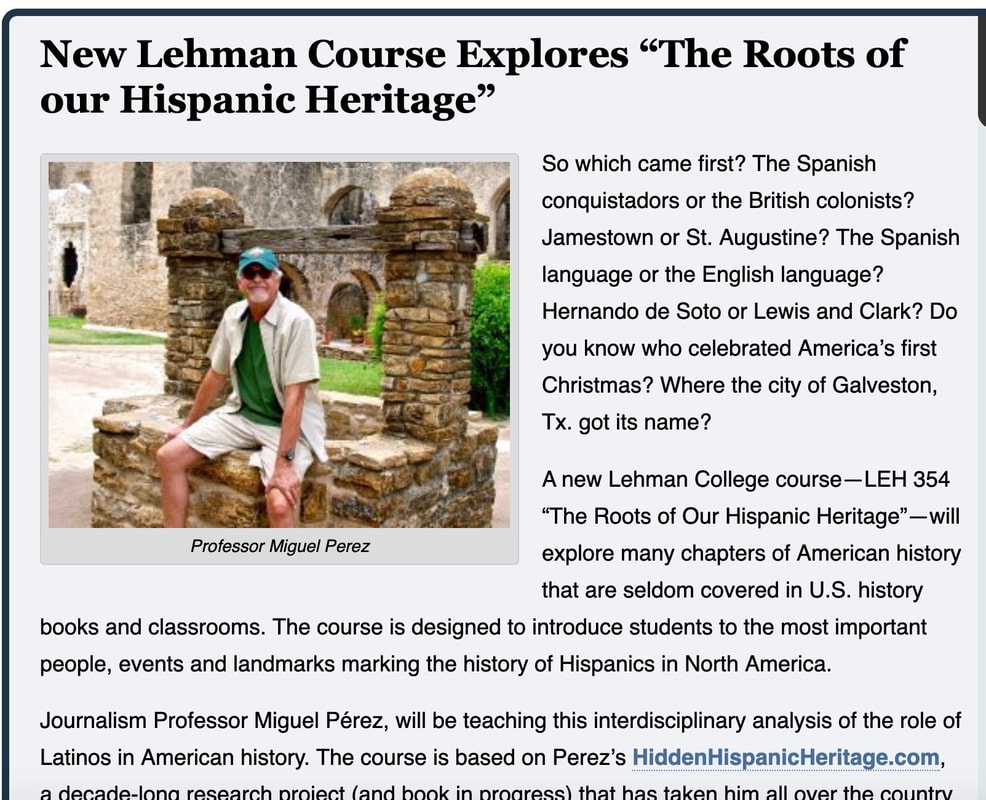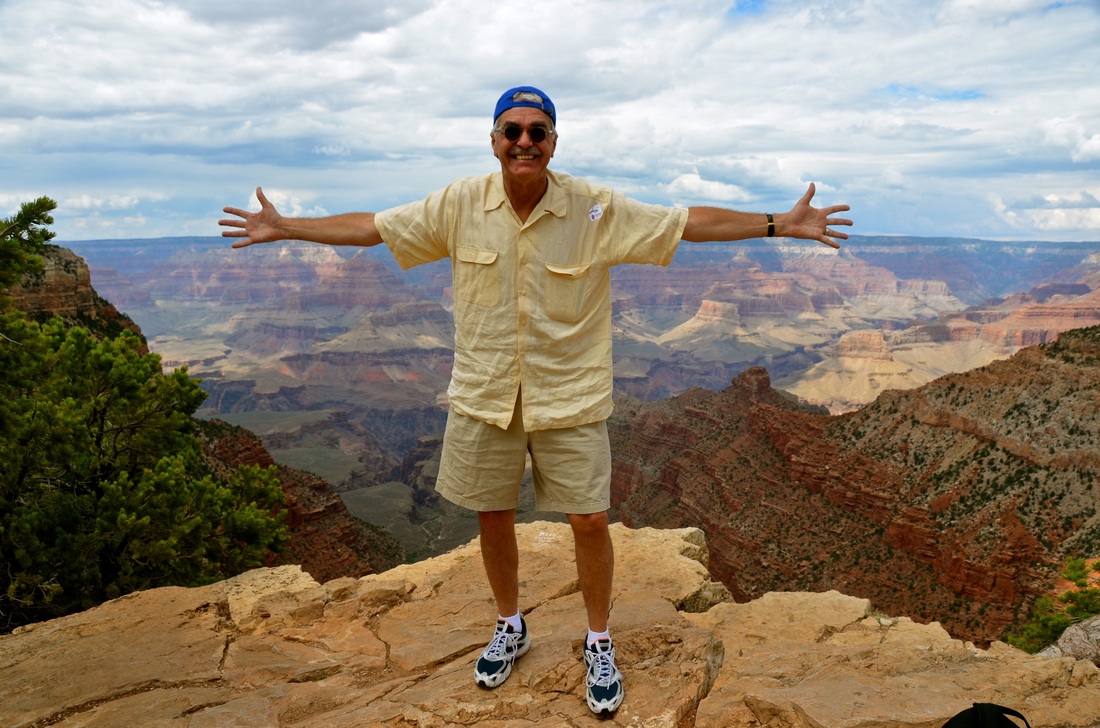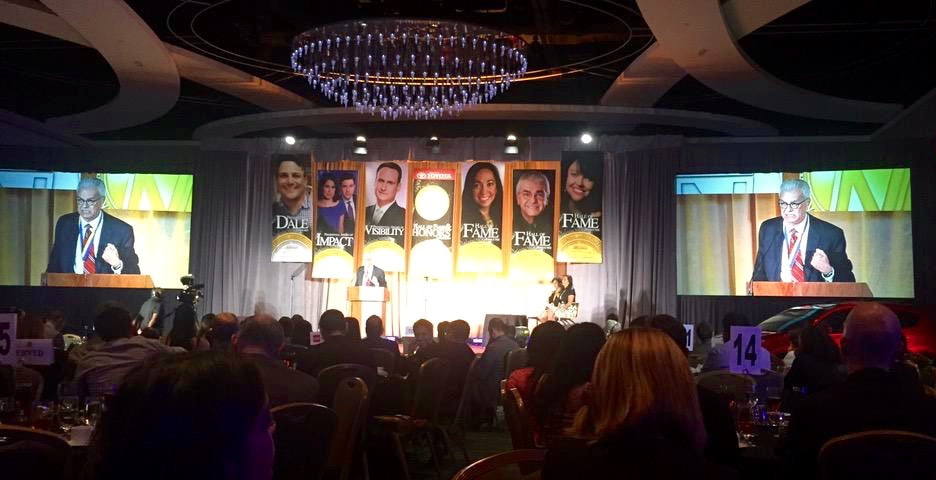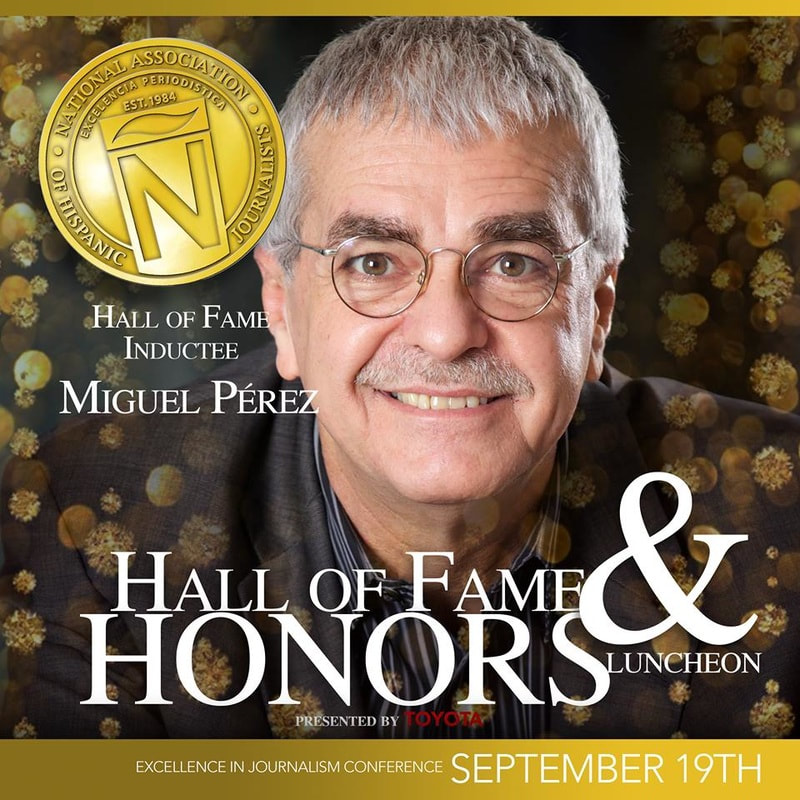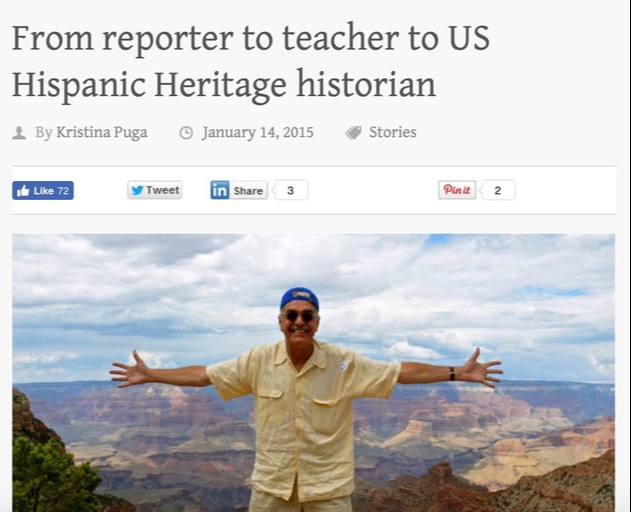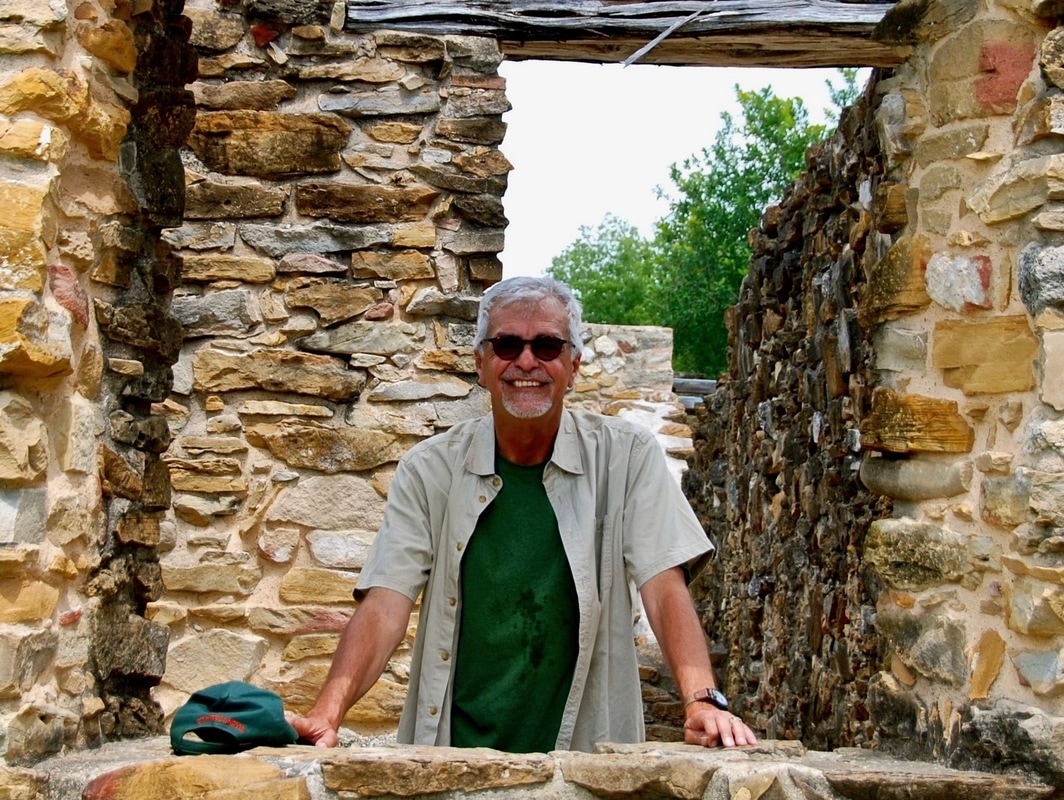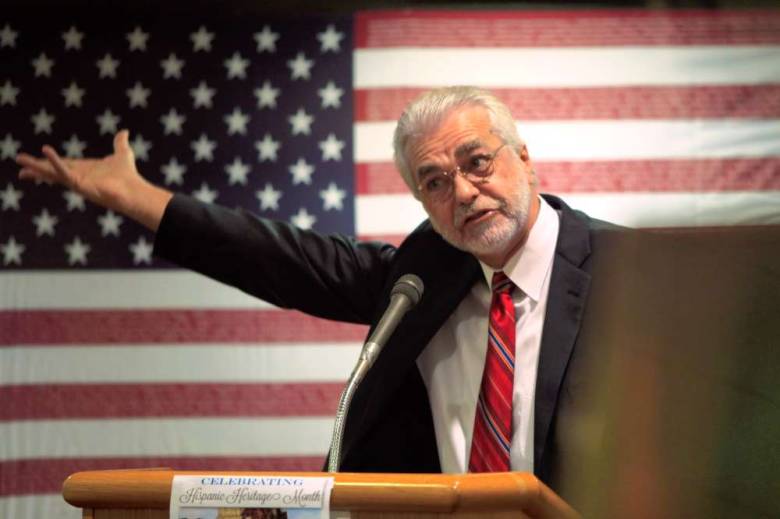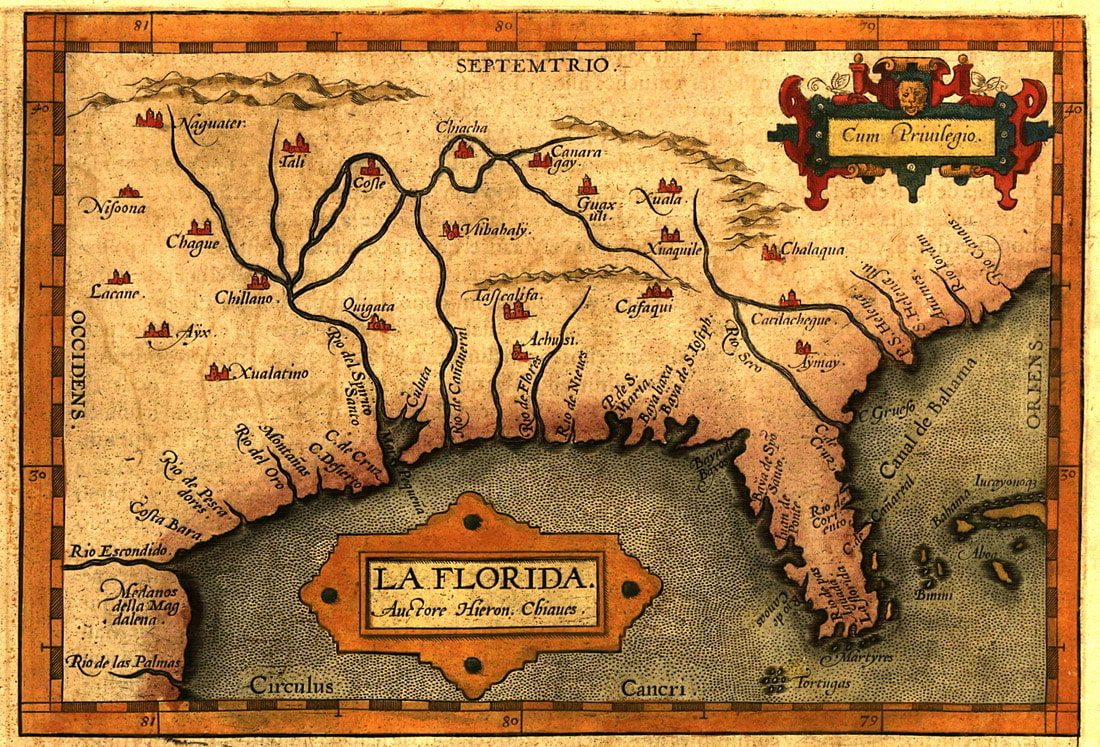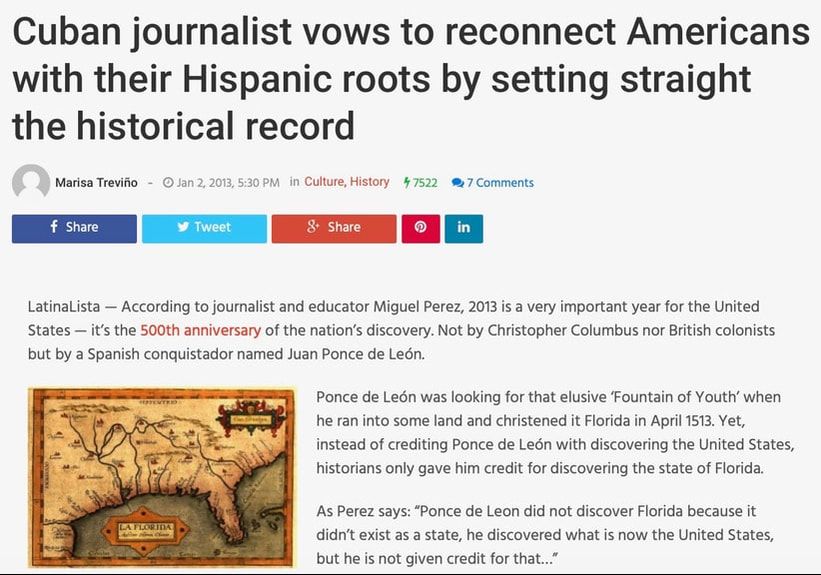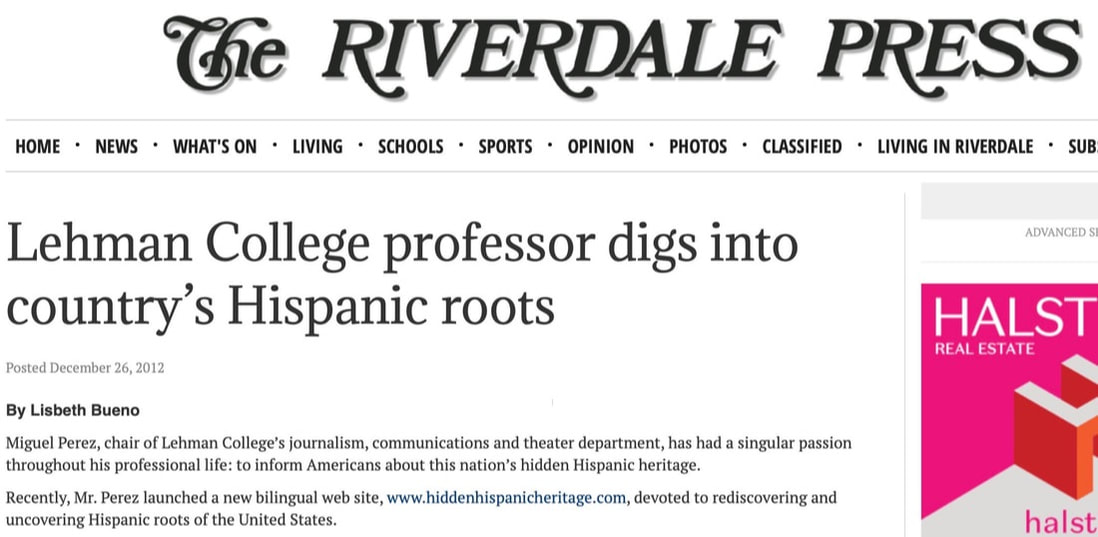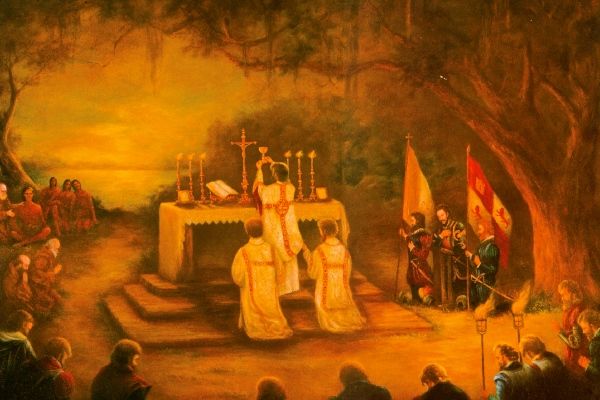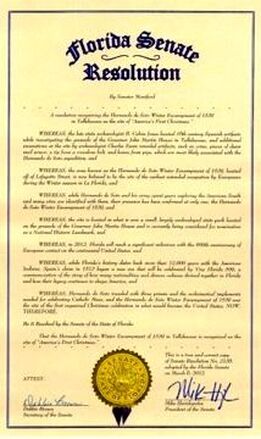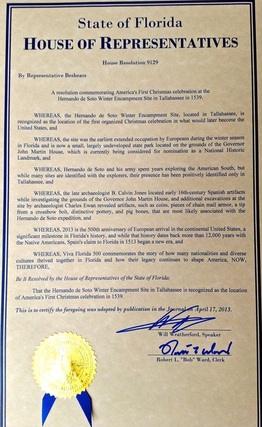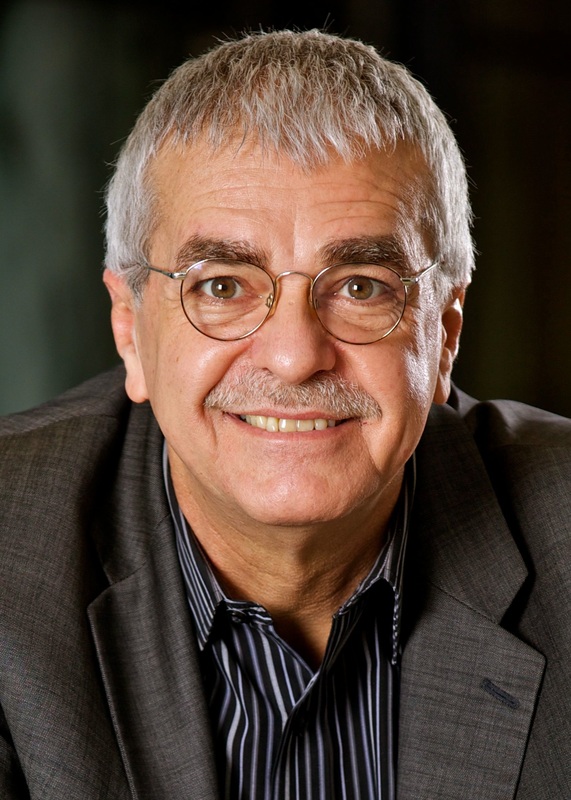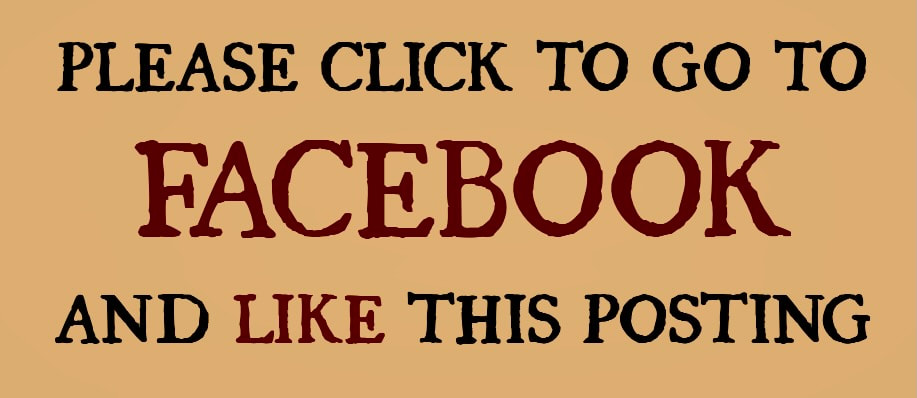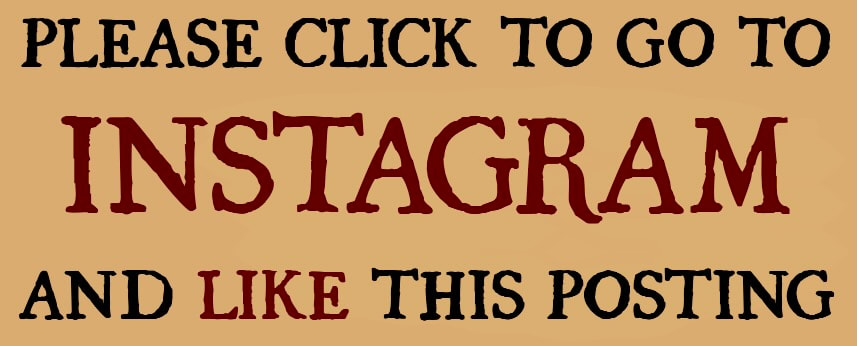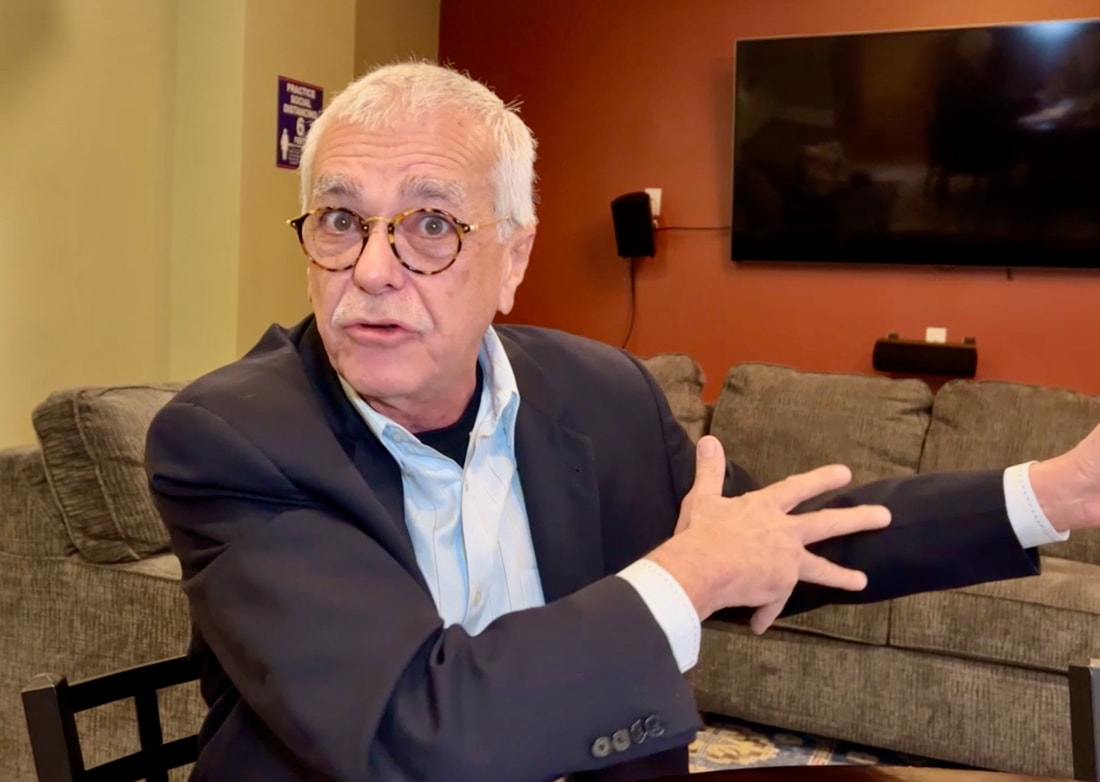New Lehman Course Explores
|
November, 5, 2015
|
|
Lehman Professor Miguel Perez Inducted
|
From reporter to teacher
|
|
Saturday, September 21, 2013
BY JOHN PETRICK STAFF WRITER, THE RECORD Five hundred years ago, explorer Ponce de León came ashore in America and staked Spain’s claim to the New World. It’s a remarkable milestone, but you’d never know it from the dearth of attention it’s getting, according to nationally syndicated columnist Miguel Perez. Read more ... |
Cuban journalist vows to reconnect Americans with their Hispanic rootsJanuary 2, 2013 - LatinaLista — According to journalist and educator Miguel Perez, 2013 is a very important year for the United States — it’s the 500th anniversary of the nation’s discovery. Not by Christopher Columbus nor British colonists but by a Spanish conquistador named Juan Ponce de León.
Ponce de León was looking for that elusive ‘Fountain of Youth’ when he ran into some land and christened it Florida in April 1513. Yet, instead of crediting Ponce de León with discovering the United States, historians only gave him credit for discovering the state of Florida. Read more . . . |
Lehman College professor
|
First Christmas in US was in Tallahassee(Tallahassee Democrat) -- On this day, 475 years ago, historians believe several Catholic priests conducted masses for Spanish soldiers in Tallahassee — and behold! The first Christmas was observed in what would become the United States of America.
Someday, maybe even by next Christmas, people will be able to commemorate that event at the site where it is presumed to have occurred. The Florida Department of State is still pushing ahead with efforts to turn the site of Spanish explorer Hernando de Soto's 1539-1540 winter encampment in Tallahassee into a visitors' attraction. The site, on East Lafayette Street, was identified in 1987 by the late state archaeologist Calvin Jones. Visitors already can view artifacts and displays about the de Soto encampment in the Gov. John Martin House, a historic home built on the site in 1933-1937. Read more . . . GETTING RESULTS!!!My column on “America’s First Christmas,” originally published in December of 2011, has been used to promote an effort to create a tourist attraction at the Tallahassee, Fl. site where Hernando de Soto and his men camped in December of 1539. It helped organizers attain state House and Senate resolutions in support of the project!
Check it out: OBTENIENDO RESULTADOS!!Mi columna sobre "La Primera Navidad en Norteamérica", publicada originalmente en diciembre de 2011, ha sido utilizada para promover un esfuerzo para crear una atracción turística en Tallahassee, FL., lugar donde Hernando de Soto y sus hombres acamparon en diciembre de 1539. La columna ayudó a los organizadores lograr resoluciones de la Cámara y el Senado estatal en apoyo al proyecto! Compruébelo usted mismo:
|
Journalist creates a campaign to increase awareness of the true history of the U.S.By Ruth E. Hernández
New York, Nov 28, 2012 (EFE). -- Cuban journalist and educator Miguel Pérez is conducting a campaign to rescue history and educate about the arrival of the Spanish in what is now the United States, a century before the British. "In this country there are many historians and teachers who have decided to teach history starting with the arrival of the British, ignoring everything that happened before, since April of 1513 when Juan Ponce de León arrived" in search of the fountain of youth, and was credited with the discovery of Florida, Pérez told Efe.
In this regard, he noted that the history books "fail" to explain that in the sixteenth century the territory identified as Florida is what is now known as the United States, so that 2013 marks 500 years of that discovery. "Ponce de Leon did not discover Florida because it didn’t exist as a state, he discovered what is now the United States, but he is not given credit for that," asserts Pérez, who recently launched http://www.hiddenhispanicheritage.com, a page which gathers all the columns that for years he has written on the subject, as well as maps and photos. As he explains on the web page, published under the name of "Hidden Hispanic Heritage: The Bucket List of Places, Ideas and Historical Evidence to Reconnect Americans with their Hispanic Roots,” the map of what used to be Florida shows “from end to end” what is now the United States. "The 500th anniversary of the discovery of our nation certainly deserves a big celebration," he says in one of his columns on the web site, in what is to become a book that already has some published chapters. The journalist said that it was not until he was an adult that he discovered a history that was never taught in schools in this country, where he arrived as a child. Pérez wants Americans and Latinos to discover the "hidden Hispanic roots" in the history of this country. He wants to see that part of American history taught in schools and published in books. He noted that the Spanish conquistadors not only headed south from the Caribbean, to Central and South America, but also moved north, reaching what is now U.S. "Hernando de Soto, (conquistador and explorer who died in 1542 on the Mississippi River), Francisco Coronado (1510 to 1554, who traveled through New Mexico and other parts of what is now the Unite States), Pedro Menéndez de Avilés (1519-1574, founder of St. Augustine, the first city in Florida, in 1565) and many other Spanish explorers are the real pioneers," he says in one of his articles. "We must demand that the real history is taught. Latino youth have no heroes, but it’s not because they don’t exist; it’s because they don’t know them," said Pérez, chair of the Journalism Department at Lehman College in the Bronx. This well-known columnist and political analyst, who has toured the United States, the Dominican Republic and Puerto Rico as part of this initiative, noted that these omissions are attributed to what is known as “the black legend," woven for centuries by British and French writers against the Spanish. "The campaign was: the Spanish were coming to massacre and kill and search for gold and the British came to establish colonies and families. The Spanish recognized that there was a campaign and called it the 'black legend,' but that continued against their heirs, the Latin Americans," he said. He added that "later American writers adopted that anti-Hispanic campaign and began to discriminate against Latinos and treat us as if we were inferior. That comes from the time of the conquistadors." He plans to take a sabbatical in 2013 to continue the investigation and give talks at universities, especially those with large numbers of Latino students, to address future educators “who are the one who will make a difference” in teaching the true history of the United States. Copyright (c) Reuters, S.A. 2011, all rights reserved. |
Periodista crea una campaña para que se conozca la verdadera historia de EE.UU.Por Ruth E. Hernández
Nueva York, 28 nov, 2012 (EFE).- El periodista y educador cubano Miguel Pérez lleva a cabo una campaña para rescatar la historia y educar sobre la llegada de los españoles a lo que hoy es EE.UU. un siglo antes que los ingleses. "En este país hay muchos historiadores y profesores que han decidido enseñar la historia a partir de los ingleses, ignorando todo lo que ocurrió antes, desde abril de 1513 en que llegó Juan Ponce de León" en busca de la fuente de la juventud, a quien señalan como el descubridor de Florida, dijo Pérez a Efe.
En este aspecto, recordó que los libros de historia "fallan" al explicar que en el siglo XVI el territorio identificado como Florida es lo que hoy se conoce como EE.UU, por lo que en 2013 se cumplirían 500 años de ese descubrimiento. "Ponce de León no descubrió la Florida porque no existía como estado, descubrió lo que es ahora Estados Unidos pero no le dan crédito por ello", dijo con firmeza Pérez, quien recientemente lanzó la página http://www.hiddenhispanicheritage.com, donde ha reunido todas las columnas que durante años ha escrito sobre el tema, así como mapas y fotos. Según explica en la página, que publica bajo el nombre de "Herencia hispana oculta de América: la lista de deseos de lugares, ideas, y evidencia histórica para reconectar a los americanos con sus raíces hispanas", el mapa de lo que era la Florida muestra "de punta a punta" lo que es hoy EE.UU. "El 500 aniversario del descubrimiento de nuestra nación seguramente merece una gran celebración", señala en una de sus columnas en la página, y que se convertirán en un libro del que ya tiene algunos capítulos. El periodista dice que no fue hasta era adulto que descubrió la historia que nunca le enseñaron en las escuelas en este país al que llegó siendo un niño. Pérez busca que los estadounidenses y latinos descubran las "raíces ocultas hispanas" en la historia de este país, que se enseñe en las escuelas y se publique en los libros. Recordó que los conquistadores españoles no solo se dirigieron al sur -Centro y Sudamérica- sino que también se desplazaron al norte, llegando a lo que es hoy EE.UU. "Hernando de Soto, (conquistador y explorador que murió en 1542 en el río Misisipi), Francisco Coronado (1510-1554, que viajó por Nuevo México y otras partes de lo que es hoy EE.UU.), Pedro Menéndez de Avilés (1519-1574, fundador de San Agustín, la primera ciudad de Florida, en 1565) y muchos otros exploradores españoles son los auténticos pioneros", señala en uno de sus artículos. "Hay que exigir que la verdadera historia se enseñe. Los jóvenes latinos no tienen héroes no porque no existan, sino porque no los conocen", afirmó Pérez, director del Departamento de Periodismo del Lehman College en El Bronx. Este conocido columnista y analista político, que ha hecho un recorrido por EE.UU, la República Dominicana y Puerto Rico como parte de esta iniciativa, recordó que esta omisión se atribuye a lo que se conoce como "la leyenda negra", tejida por siglos por ingleses y franceses contra los españoles. "La campaña era que los españoles venían a masacrar, matar y buscar oro y que ellos venían a establecer colonias y familias. Los españoles reconocieron que existía la campaña y la llamaron la 'leyenda negra', pero eso continuó contra los herederos de los españoles, los latinoamericanos", destacó. Agregó que "después la adoptaron los escritores norteamericanos y se comenzó a discriminar a los latinos como inferiores. Eso viene desde la época de los conquistadores". Entre sus planes próximos figura tomar una sabática en 2013 para continuar con la investigación y ofrecer charlas en universidades, especialmente aquellas con gran número de estudiantes latinos, para hablar con aquellos que serán los educadores del futuro, "que son los que harán una diferencia", enseñando la verdadera historia. Copyright (c) Agencia EFE, S.A. 2011, todos los derechos reservados. |


